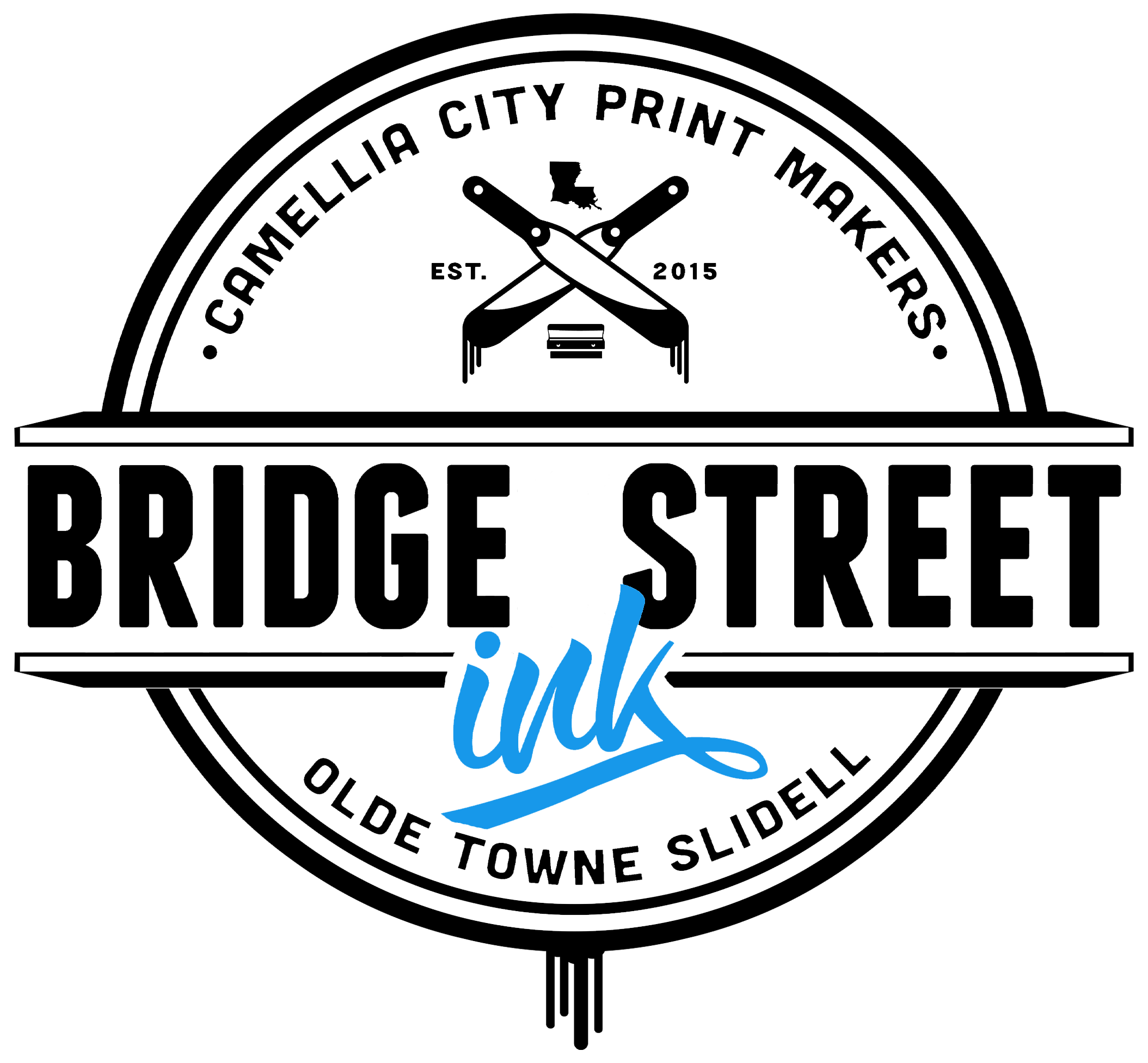Hold on tight because we are about to get real nerdy! Having the right art files and resolution can make or break a great print so it's important to understand what happens to artwork before we slap it onto your fresh blanks. Screen printing is a versatile and popular method for creating visually stunning prints on various materials. Since we aren't printing digitally we have to "burn" stencils with color separated artwork to make the image. To ensure the best possible outcome, optimizing artwork is crucial. In this article, we will delve into key considerations such as print resolution vs digital resolution, the best file types for submitting artwork, and the ideal types of artwork for screen printing.
When submitting artwork for screen printing, it is best to provide vector files whenever possible. Vector formats, such as Adobe Illustrator (AI) or scalable vector graphics (SVG), use mathematical equations to define shapes and lines. This allows for easy scaling without any loss of quality. Vector files ensure sharp edges, smooth curves, and versatility in resizing, making them ideal for screen printing. No these aren't the same filetypes that you right click and copy from google images. You will normally get these filetypes from your designer when he sends over your approved art files, or you can purchase vector clipart from many popular websites. You'll know it's the right filetype because your screen printer will let out a sigh of relief when you send it over.
If a vector file is not available, a high-resolution rasterized file can also be used. Let's take a minute to explain the difference between raster and vector files. Raster images are made up of a grid of individual pixels, with each pixel containing specific color information. Common raster file formats include JPEG, PNG, and TIFF. These files are resolution-dependent, meaning their quality is directly linked to the number of pixels per inch (PPI) or dots per inch (DPI) meaning they will lose quality when scaled up to a bigger size. For screen printing, a resolution of 300 DPI is generally recommended to ensure sharpness and clarity. This makes the image big enough to be separated with crisp edges and will burn out well when we make the stencil.
Artwork that works best for screen printing usually consists of bold and solid designs. Simplified, high-contrast graphics with well-defined shapes and limited color gradients tend to yield the best results. Such designs allow for easier separation of colors during the screen printing process, resulting in cleaner prints. Keep in mind that the number of colors should be manageable, ideally ranging from one to six, to ensure cost-effective and efficient production.
Optimizing artwork is crucial for achieving optimal results in screen printing. Understanding the distinction between print resolution and digital resolution helps ensure the final print is sharp and clear. Providing vector files whenever possible allows for scalability without compromising quality. If vector files aren't available make sure to have a high resolution (300 dpi) image file instead. When creating artwork specifically for screen printing, focusing on bold, solid designs with limited color gradients is recommended. By considering these factors, you can guarantee that your screen printing projects will be visually striking, accurate, and true to your creative vision.
If this all seems complicated it's because well... it is. We've spent over 8 years designing and separating digital art for screen printing so you don't have to. Be sure to contact us to discuss your artwork need whether it be designing from scratch or cleaning up artwork you already have.

